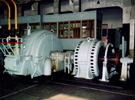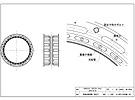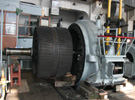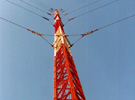Yosami Radio Transmitting Station Facilities
Sending Morse codes by VLF
Transmitting message by sending intermittent Morse codes was discovered in the U.S. in 1930s, and became a major communication method wired. Italian physicist Guglielmo Marconi (1874-1937) succeeded in radio wave wireless communication in 1895, and soon such communication was powered enough to go over the Atlantic.
In Japan wireless communication was made success in 1997, and it was used during the Russo-Japanese War of 1904-05. Later the years, the demand for wireless communication had been increased for diplomatic and commercial purposes between Japan and European and American countries. Wireless telephone was made possible in 1907 in the U.S. and in 1912 in Japan, however, due to its technical difficulty for far-distant communication, it had not been a main stream of international communication.
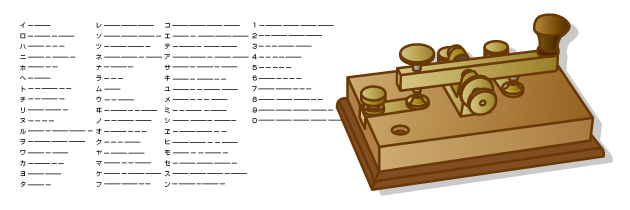
VLF Suitable for Communication with Europe
In 1920s VLF was mainly used for international communication, and short wave was regarded inferior for its instability. VLF has properties reaching far by transmitting over the earth surface making it superior for long-distance communication, while it requires high power and a massive antenna system. Short wave, on the other hand, has properties transmitting to the other side of the earth by reflecting between its surface and the ionosphere. Within a few yeas after the Yosami Radio Transmitting Station was completed in 1929, the short wave technology was established, and began to be used for international communication.
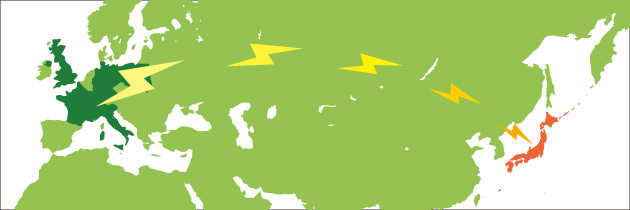
The High Frequency Generators, then the World's Most Advanced
A pair of the High Frequency Generators (alternators), designed by Telefunken, and manufactured by AEG, German companies, was installed at Yosami for transmitting a VLF wave of 17.442kHz. It weighs as much as 38 tons, including its 21-ton rotor inside (the weights were measured in 2006 when dismantled), needed for obtaining the stable frequency at a high rotating speed of 1,360 rpm. The German machinery was chosen for its high performance and availability of the German compensation of World War I.
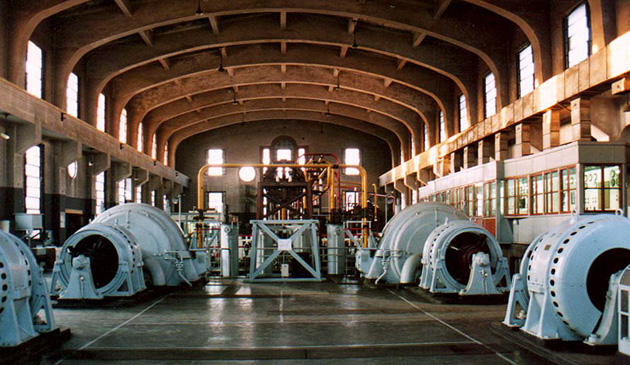
From the Main Induction Motor to the Antenna System
Prior to the High Frequency Generator, the three-phase Main Induction Motor of alternate current was driven by commercial electric supply of 3,300 volts, and directly connected with the Main D.C. Generator, and then connected with the Main D.C. Motor before the said High Frequency Generator. Such complex composition was taken to obtain the stable rotator revolution of the High Frequency Generator, by good control of the power of Main D.C. Generator. After the High Frequency Generator, the signal was relayed through the Frequency Multiplier Circuit composed of the capacitor, variable high-frequency coils, and the Tripler. It was carried into the Keying Circuit and then the Antenna System to be aired.






